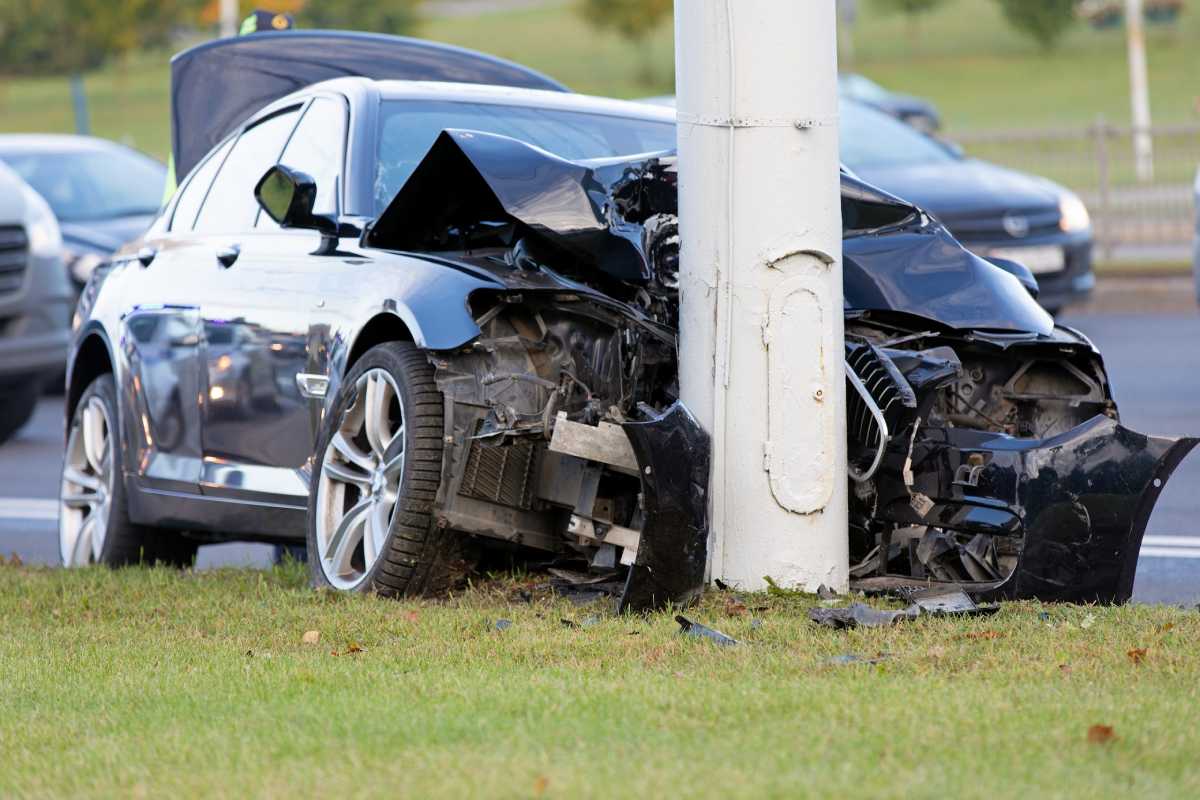Automotive: 5 Common Reasons Behind Car Crashes
Driving is an everyday activity that many people take for granted: you hop behind the wheel, start your car, and head to your destination without considering the inherent risks of the road. Yet people also overlook that car crashes continue to pose a serious threat, resulting in injuries, loss of life, and expensive damages.
Between 2018 and 2022, the number of deadly car accidents in the United States increased by more than 16%, with fatal crashes rising from 36,835 in 2018 to 42,795 in 2022, averaging about 114 fatal car crashes each day. It’s also important to note that teens are especially at risk, as car crashes are the number one cause of death for people aged 13 to 19, and teen drivers are almost three times more likely to be involved in fatal car accidents than older drivers.
Leading Causes Of Car Crashes
While the statistics on road accidents may seem scary, they don’t have to keep you off the road forever – you just need to stay aware, stay safe, and always prioritize responsible driving habits because your attentiveness and caution can protect you and others on the road. And in the unfortunate event that you get involved in a crash, it’s best to seek assistance from a car accident lawyer who can guide you through the legal process and help you understand your rights.
To empower you to become a more informed and vigilant driver, you need to be aware of the common driving hazards so that you can adopt safer driving habits that reduce the likelihood of collisions and their associated consequences. Here are the common reasons for road accidents and how to avoid them:
1. Distracted Driving
In an era where technology intertwines with almost every facet of daily life, distracted driving has ranked among the top contributors to car accidents. This is because the potential for distractions has escalated – activities like checking your phone, adjusting the radio, or engaging in animated discussions with passengers can pull your attention away from driving and significantly heighten the risk of an accident.
Prevent this from happening by using hands-free devices for calls and navigation if you need to use your phone while driving, then pre-set your climate controls, radio, and GPS before you leave so you don’t have to fiddle with them while on the move. Above all, always maintain a strong focus on the road, minimizing discussions and other multitasking activities for times when your vehicle is safely parked.
2. Weather Conditions
Mother Nature can often be unpredictable, and adverse weather conditions can cause accidents, as they often reduce visibility and make the road surface slippery and dangerous. While you cannot control the weather, you can take precautions by first checking the forecast before leaving and then taking the necessary steps to ensure safety once you encounter such conditions.
A basic safety measure is to slow down, as reduced speed allows you to better handle decreased traction and limited visibility. It is also advisable to increase the distance between your vehicle and the one in front of you, providing extra time to stop safely, which is particularly important when roads are slick. Additionally, appropriate lighting, like your headlights and fog lights, can help you navigate through poor weather conditions
while making you more visible to other drivers.
3. Fatigue
Driving when you are tired can severely impair your judgment, slow down your reaction times, or sometimes even cause you to fall asleep at the wheel. The risks are particularly heightened during long drives without sufficient breaks. When possible, it’s best to ensure that you’re adequately rested before starting a lengthy journey because a good night’s sleep can help keep you more alert and focused while driving.
Once on the road, and especially on a long drive, take regular breaks every couple of hours so you get a chance to rest and recharge. At the same time, these breaks give you the opportunity to stretch your legs and get some fresh air, which can help rejuvenate your mind and body. Finally, if you have the option, share the driving responsibilities with another person so that you both can rest adequately and reduce the strain on a single individual.
4. Drunk Driving
Consuming alcohol or drugs elevates your risk of getting into an accident because these substances can significantly impair your reaction time, coordination, and judgment, which is why driving under the influence is both illegal and highly hazardous. You may think that a few drinks won’t have much of an impact, but note that alcohol can still negatively affect your ability to drive safely, even when consumed in small amounts.
So, if you are going to be driving and cannot abstain from drinking, it’s best to arrange for a designated driver who will remain sober or consider using ride-sharing services to ensure you have a safe ride home. And even when you are sober, if you notice someone else who is intoxicated, take proactive steps by taking their keys and helping them find a safe way to get home, which will protect your safety and the well-being of others on the road.
5. Speeding
Everyone has experienced moments when they’re in a rush and were tempted to exceed the speed limit, but don’t fall into this trap. The faster you drive, the less time you have to react to sudden obstacles or changes in traffic, plus the severity of any collision increases with higher speeds.
Instead of rushing on the road, it’s better to plan your day in advance and give yourself more than enough time to reach your destination so you don’t feel pressured to drive too fast. While driving, stay aware of your speed and be mindful of posted speed limits, then make adjustments based on the road conditions, such as when the weather is poor or traffic is heavy.
